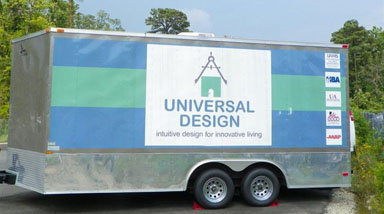Project Site Menu
The term “Universal Design” was coined by the architect Ronald L. Mace to describe the concept of designing all products and the built environment to be aesthetic and usable to the greatest extent possible by everyone, regardless of their age, ability, or status in life.
The Center for Universal Design established seven principles for the universal design of products and environments:
- Equitable use – The design is useful and marketable to people with diverse abilities.
- Flexibility in use – The design accommodates a wide range of individual preferences and abilities.
- Simple and intuitive use – Use of the design is easy to understand, regardless of the user’s experience, knowledge, language skills, or current concentration level.
- Perceptible information – The design communicates necessary information effectively to the user, regardless of ambient conditions or the user’s sensory abilities.
- Tolerance for error – The design minimizes hazards and the adverse consequences of accidental or unintended actions.
- Low physical effort – The design can be used efficiently and comfortably and with a minimum of fatigue.
- Size and space for approach and use – Appropriate size and space is provided for approach, reach, manipulation, and use regardless of the user’s body size, posture, or mobility.
Here are examples of Universal Design in various aspects of life.
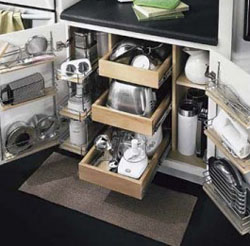
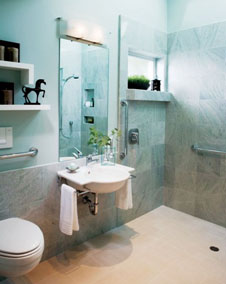
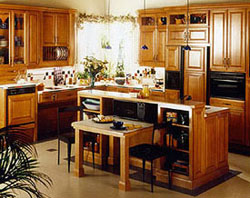

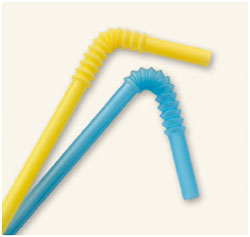

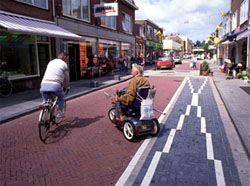
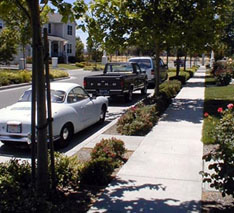
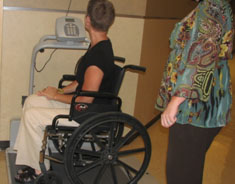
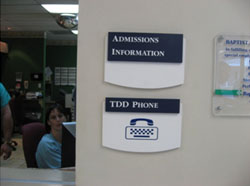
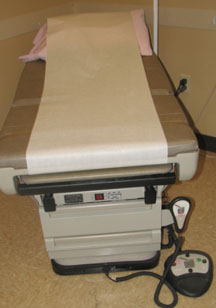
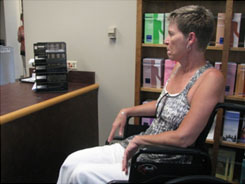




The Partners in Planning collaborative group in Arkansas funded, designed, and constructed a universally designed bathroom in a 18-foot race car trailer. The exhibit was designed to educate the public about Universal Design and how it can translate into more usability and independence in the home.
